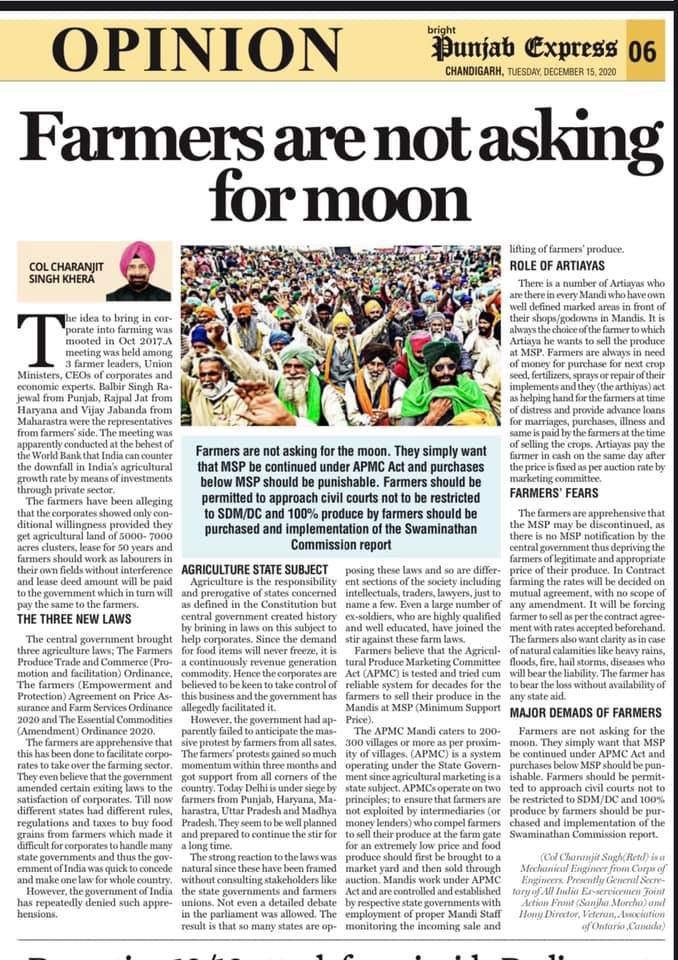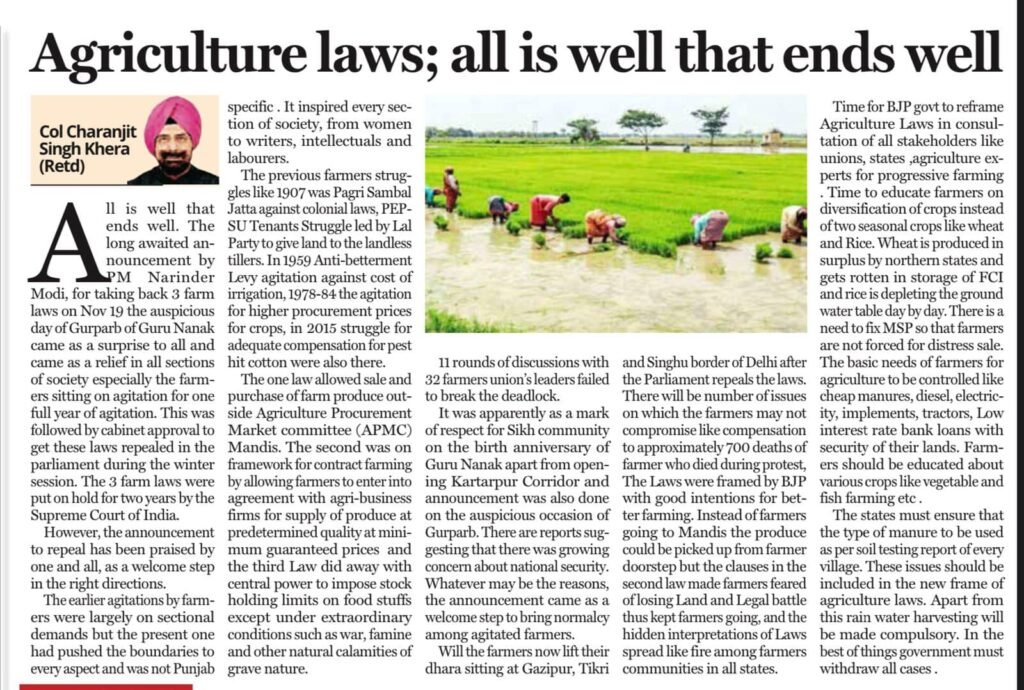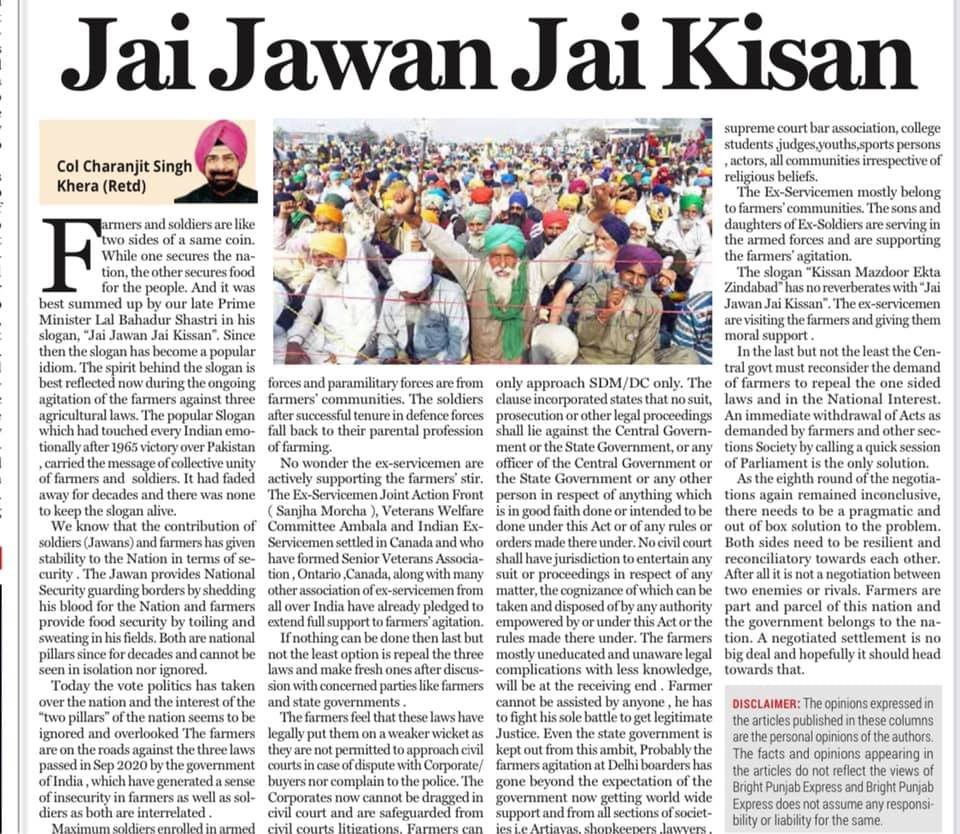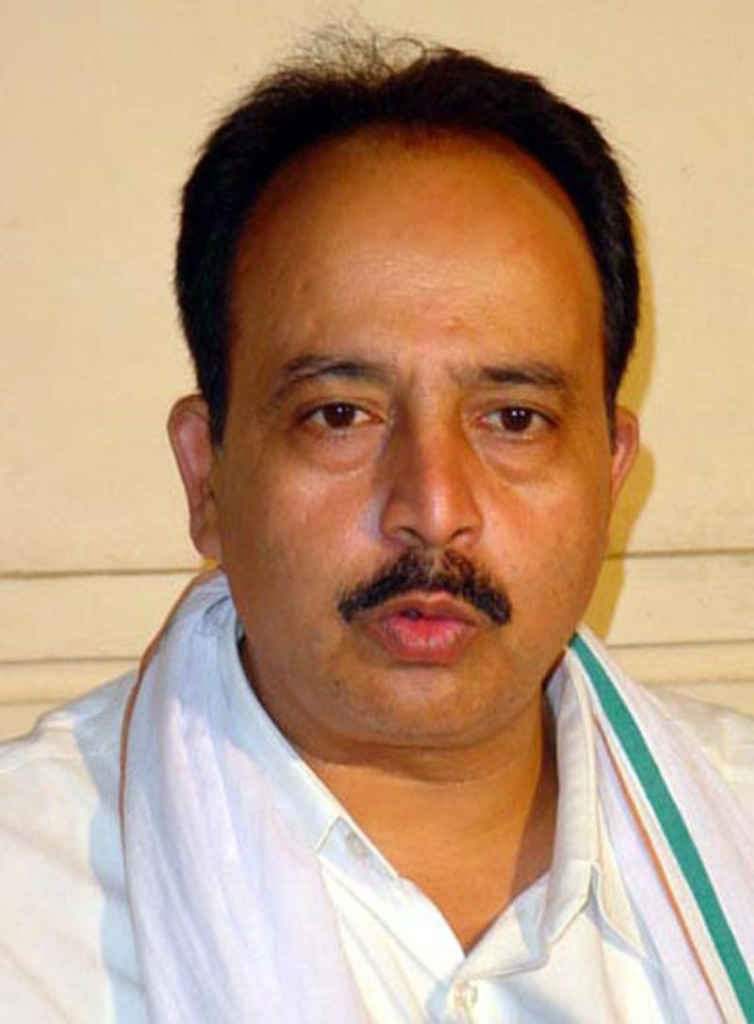A retired colonel of Indian Army lost Rs 35.30 lakh in a digital arrest fraud case. After realising about the fraud, the 81-year-old victim lodged a police complaint and following investigation, the Cyber Police Station here has registered a case….

A retired colonel of Indian Army lost Rs 35.30 lakh in a digital arrest fraud case. After realising about the fraud, the 81-year-old victim lodged a police complaint and following investigation, the Cyber Police Station here has registered a case.
The complainant, Col Parupkar Singh (retd), a resident of Sarabha Nagar, told the police that he had received calls from some unknown people who posed themselves as CBI and police officials. They informed him that his name emerged in some hawala racket and he would face strict action.
“The suspects told me that I have been digitally arrested in the case and will face legal action as per law. They forced me to transfer Rs 35.30 lakh in bank accounts provided by them. Later, I realised that I was cheated by cyber fraudsters, following which I lodged a police complaint,”the complainant told the police.
ASI Sukhdev Singh said after registering a case further investigation was launched to identify and arrest the suspects.
Notably, Padma Bhushan awardee $1-billion worth Vardhman Group CMD SP Oswal was among the victims, who alone had lost Rs 7 crore in the country’s one of the biggest cyber frauds reported so far in Ludhiana. Oswal had received a WhatsApp call and the caller posed himself as a CBI officer from the Mumbai office. The caller told Vardhman Group owner that he has opened a fake bank account in Canara Bank and a case has been registered against him in the CBI. Now, his case is being transferred to the ED. Oswal was further threatened while putting him under digital arrest through a Skype video call for an initial 24 hours. Similarly, many cases of cyber fraud with similar modus operandi were reported in the city in the past.































































































































